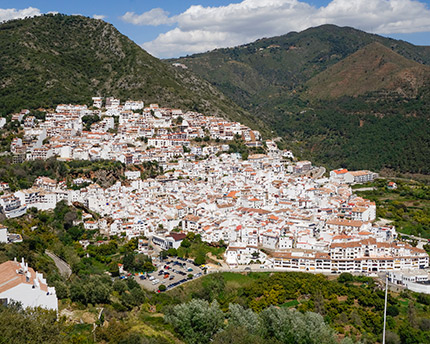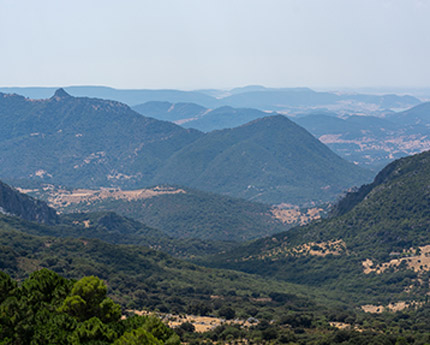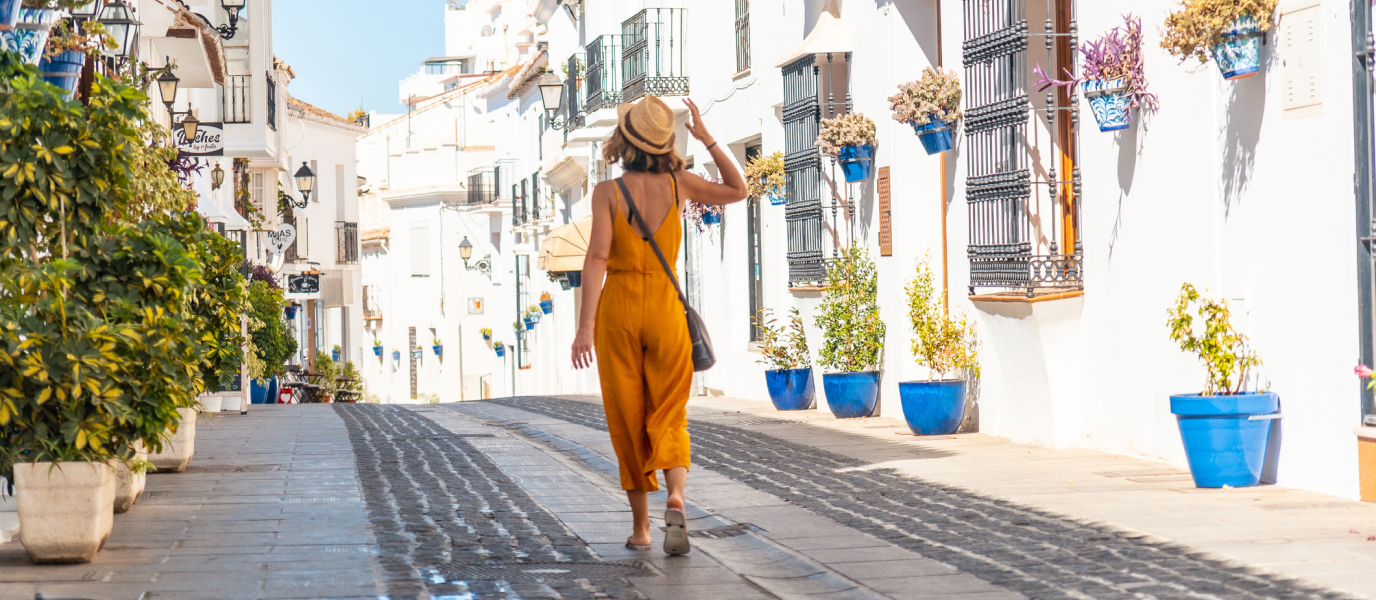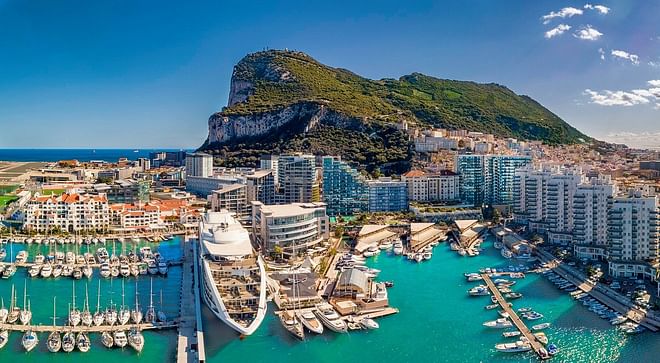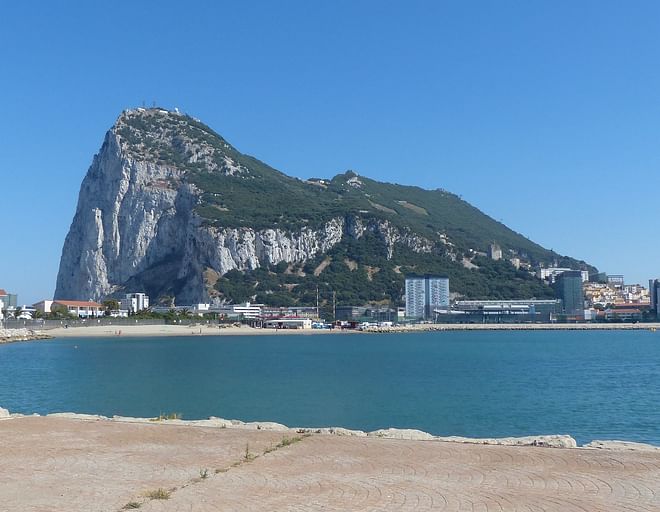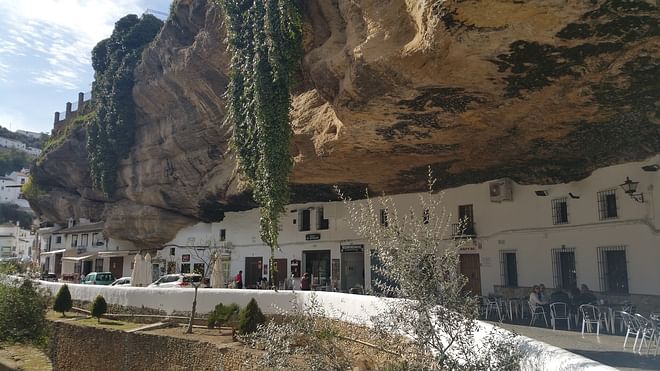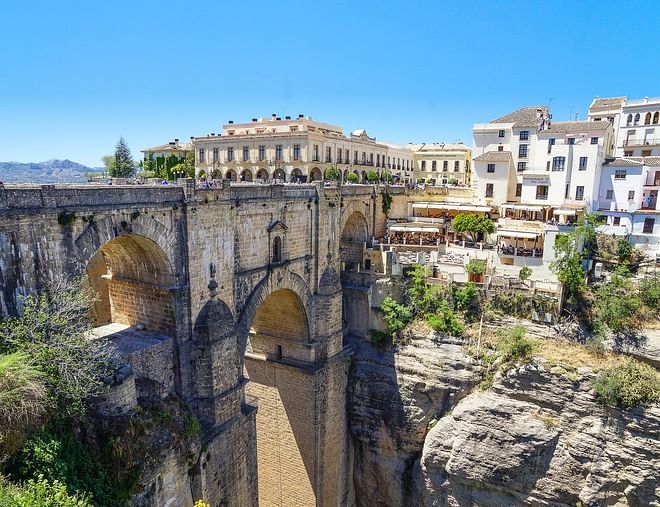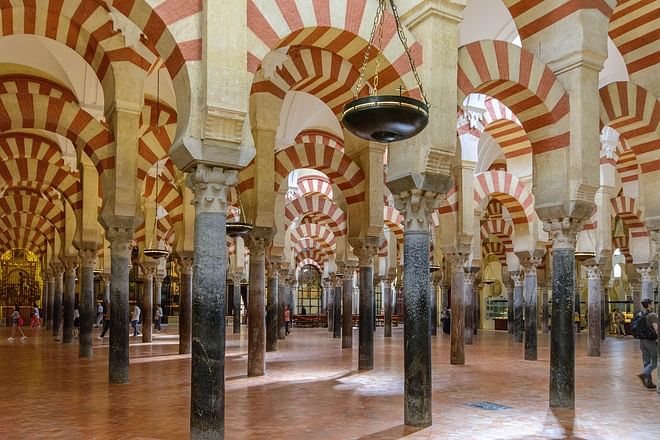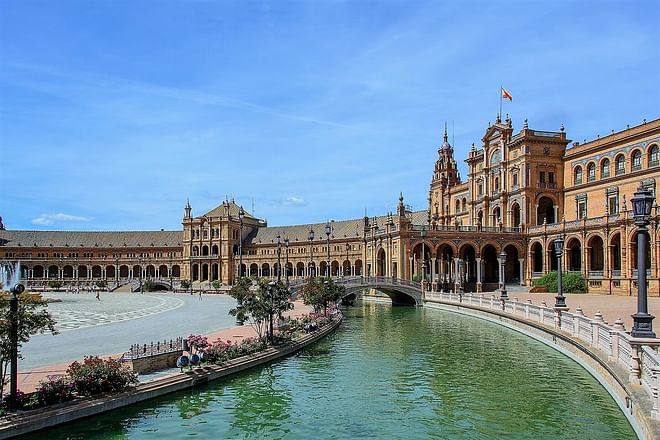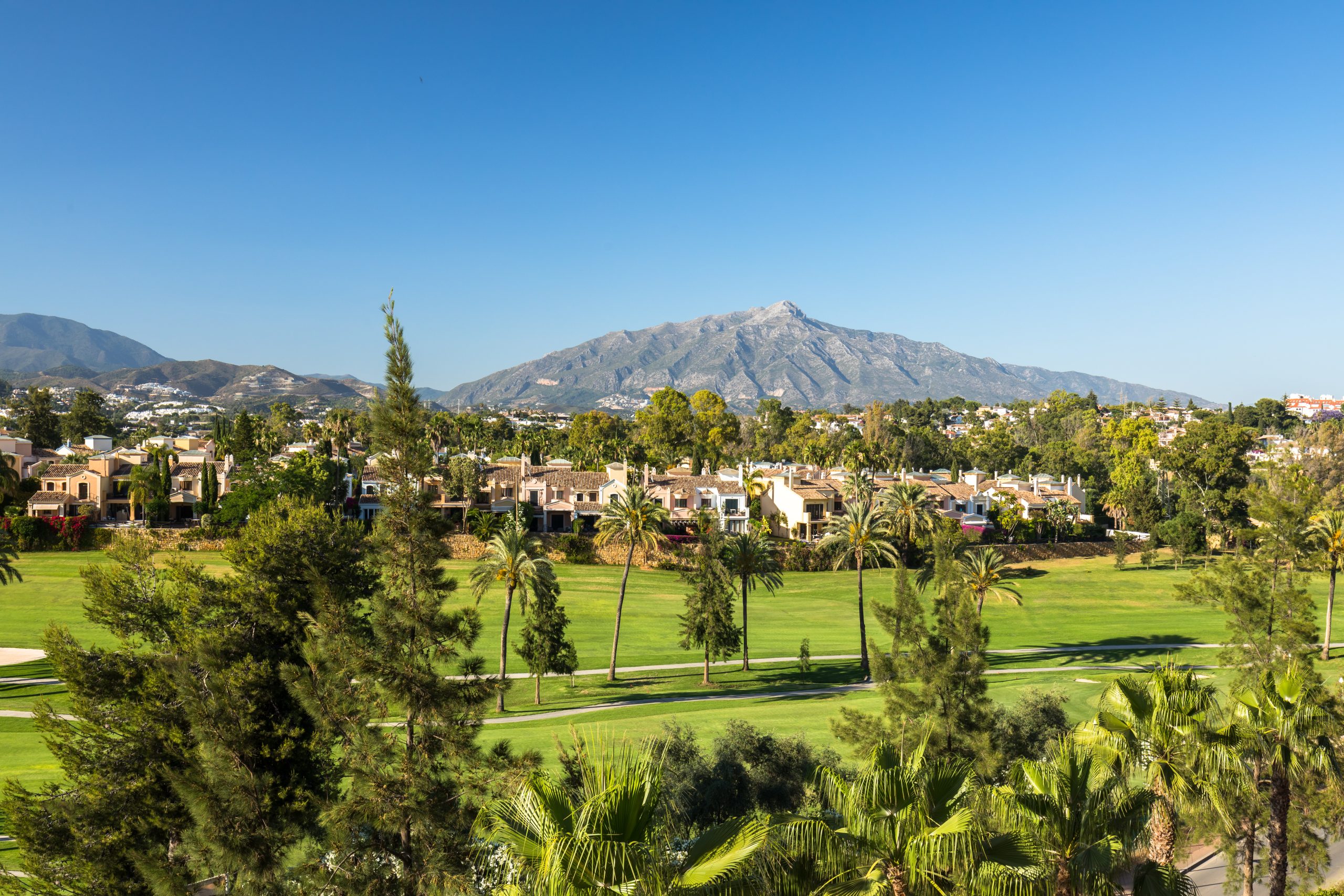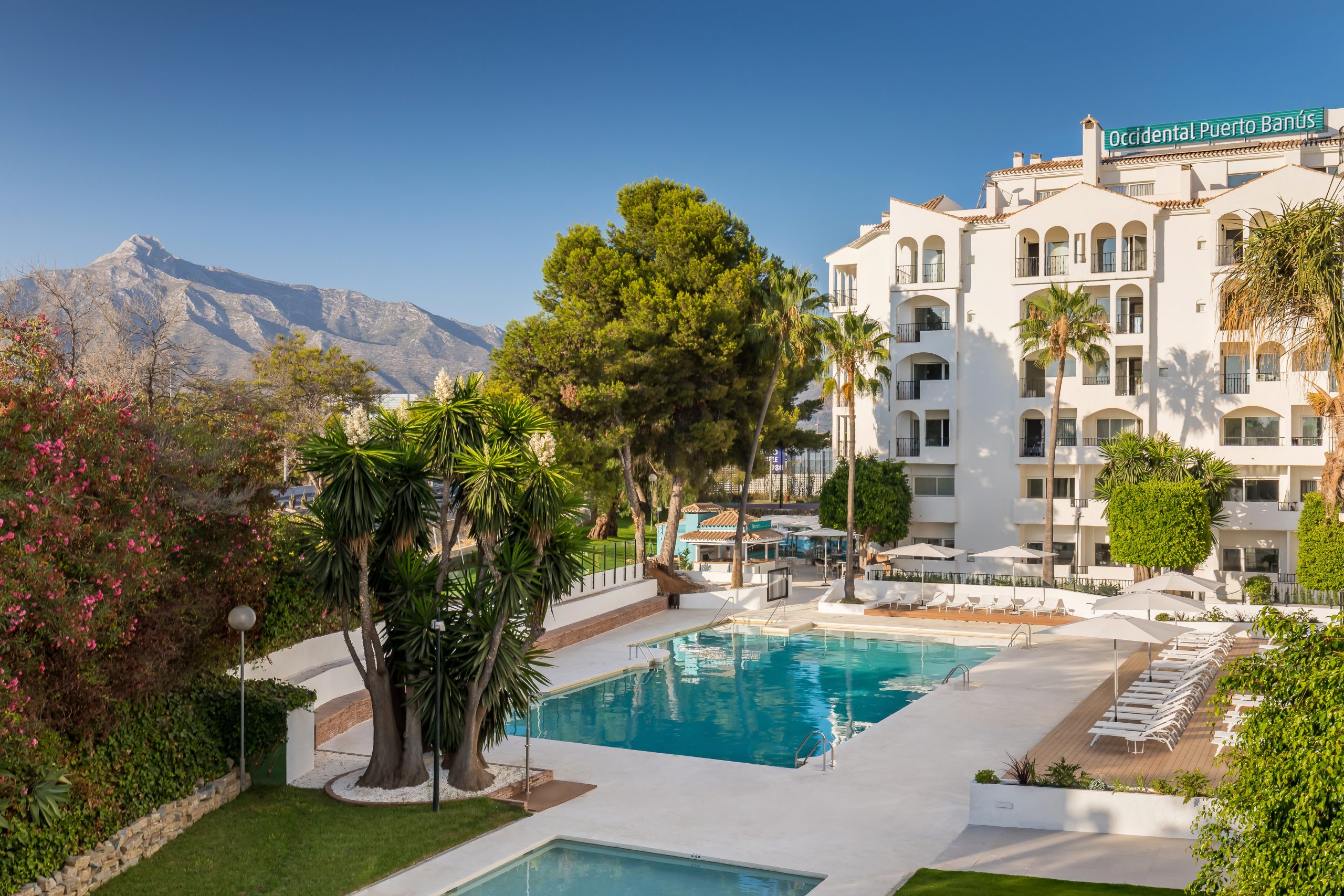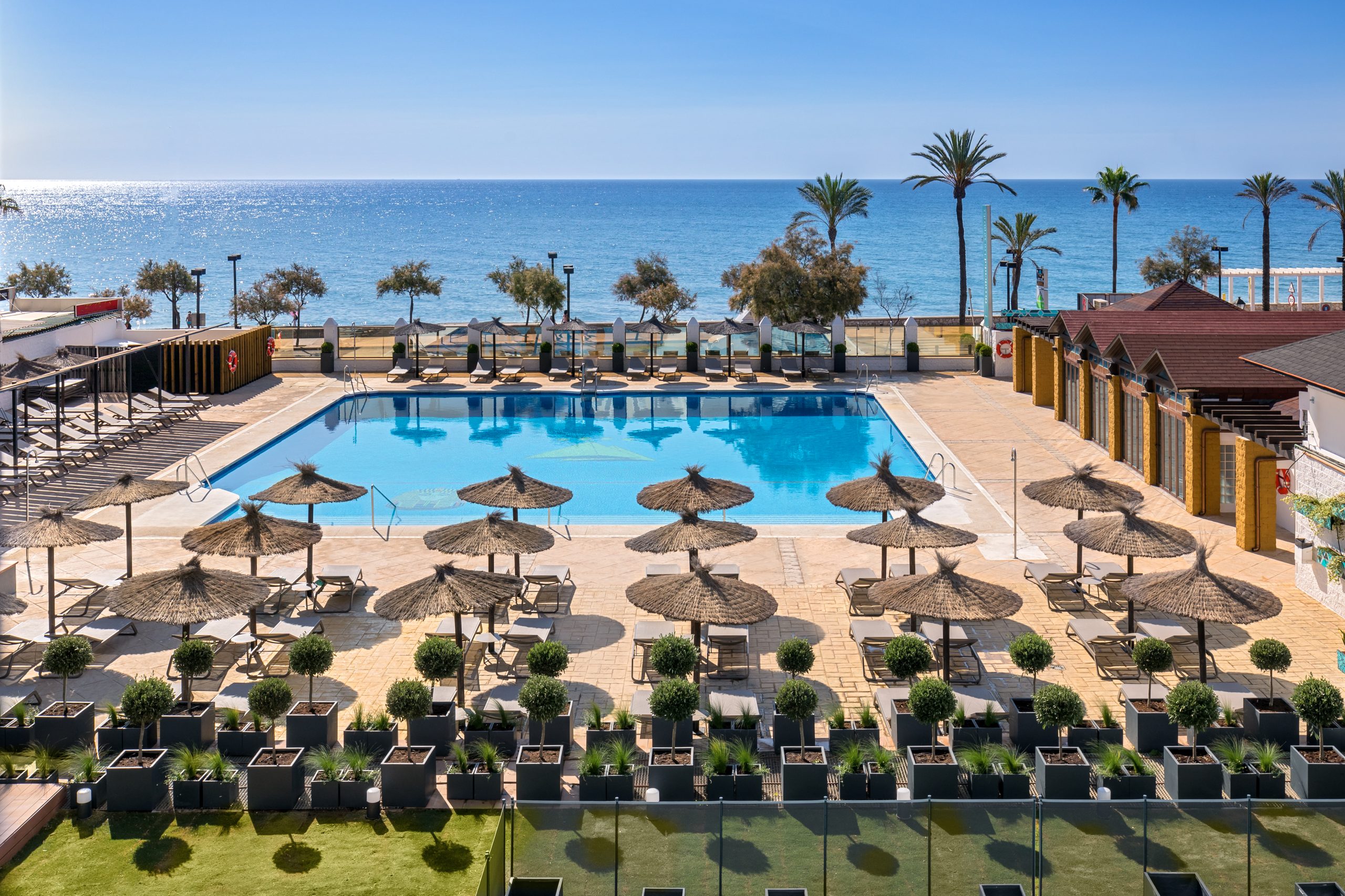Anyone who decides to travel along the Route of the White Villages will be rewarded with an Andalusia of two colours. The whitewashed houses contrast against the green of the impressive natural landscapes that surround the vast majority of these villages.
In total, there are 20 villages spread throughout the inland areas of the provinces of Málaga and Cádiz, all worth visiting on a road trip. Travelling by car is, without doubt, the best way of getting the most out of them. Discover the striking, resplendent villages, with their churches, palaces and castles, the natural landscapes, and the authentic, succulent cuisine. Below, we’ll list some of the most outstanding towns on the Route of the White Villages.
Setenil de las Bodegas
Setenil de las Bodegas is definitely the most unique town on the Route of the White Villages. And that’s not down to the fact that the façades of the houses are white, but because the vast majority of them are caves. In fact, from the winding streets, the only part you can see of these houses is the façade and the small rooftops that protect them.
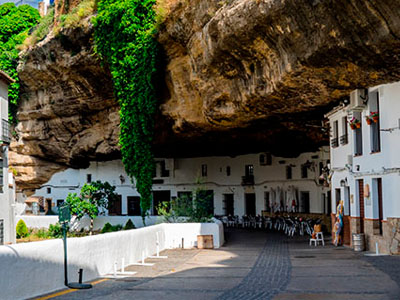
We say small because the true roof of the majority of the dwellings here is the very rock that they’re built into. This place, laid out in the form of an amphitheatre, making the most of the shape of the mountain, is strikingly beautiful.
You don’t want to be in a rush to see this village, as the hills are quite something. Rest your weary feet by pulling up a seat on one of the terraces on Calle Baja. A lot of this street is overhung by the rocks above. These terraces are perfect on hot days, as the air is kept cool by the stream that runs through the village.
Arcos de la Frontera
Arcos de la Frontera is the gateway to the Route of the White Villages if you’re coming from the province of Cádiz. This is a village perched on a spectacular hill, shaped by the Guadalete river.
Arcos is crowned by the Plaza del Cabildo, an urban space which contains some of the village’s biggest attractions. You’ll find the Basílica de la Asunción, the Parador, the viewpoint over the river gorge and, most importantly, the Castillo de los Duques castle. On one side of that, you’ll see the Puerta de Matrera gate, which formed part of the walled precinct, and is the gateway from the lower part of the village to the historic centre.
After visiting the village itself, it’s worth admiring the panoramic view from the Lago de Arcos, and its river beach. The tail end of this lake is a protected natural area due to its significant population of birdlife.
Grazalema
The serene village of Grazalema appears on the list of the most beautiful villages in Spain. There are, of course, plenty of reasons why it won that title, so you just can’t miss this town on the Route of the White Villages. Firstly, it stands out thanks to its maze-like streets, with whitewashed houses, decorated with window bars and brightly coloured flowerpots.
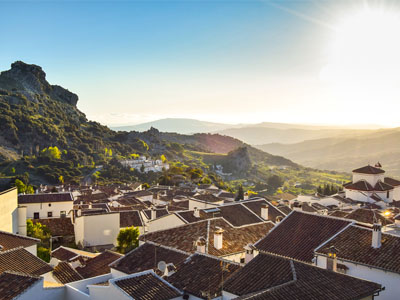
Secondly, the natural environment surrounding this village is stunning. Its pinsapar (or forest of pinsapos, Spanish fir trees) is particularly noteworthy, as they’re very rare at this latitude. Here, you’ll also find the highest point in the province of Cádiz, El Torreón (1,654 metres), and one of the spots in the country with the highest rainfall: the Corredor del Boyar.
Whilst you’re in Grazalema, you need to at least sample the area’s star product: payoyo cheese, made from the milk of a native species of goats and/or Merino sheep. This is a true delicacy and, without doubt, one of the best cheeses in the country.
Zahara de la Sierra
If anyone’s looking for a sight that wouldn’t look out of place on the big screen whilst on the Route of the White Villages, they should visit Zahara de la Sierra. This village is perched on a vertiginous cliff, crowned by a Moorish fortress and encircled, at the foot of the hill, by a large body of water.
This is a dam that provides part of the province of Cádiz with fresh water and has a recreation area: Arroyomolinos (or La Playita).
As well as the fortress, in Zahara de la Sierra it’s worth visiting the Church of Santa María de la Mesa (declared an Asset of Cultural Interest), the hermitage of San Juan de Letrán and the Torre del Reloj [Clock Tower]. The view from the Torre del Homenaje keep in the castle is very impressive. But anyone who’s not feeling that energetic can enjoy the panorama from the viewpoint right next to the village’s main square.
Ubrique
Ubrique is one of the largest towns on the Route of the White Villages and is also one of the biggest economic centres. That’s because there are lots of workshops here which produce leather and supply some of the country’s biggest fashion and accessory companies.
But, on top of that, Ubrique is an attractive spot with whitewashed houses divided into various neighbourhoods, each one more scenic than the next. For example, the surroundings of the Plaza del 28 de Febrero. Anyone who wants to get to know the village really well can follow the Ruta de Los 7 Miradores, a trail that takes you to seven different viewpoints. Just make sure you’ve got plenty of energy, as there’s quite a lot of up and down involved.
Other towns on the Route of the White Villages
There are plenty of other towns on the Route of the White Villages that, thanks to their physiognomy, history, sights or gastronomy are also worth a mention:
- Ronda: This is more than just another white village. Ronda is a small city, bursting with interesting attractions and charming corners. The panoramic views around the Puente Nuevo bridge are striking. You can also take a stroll through the historic centre and visit the La Maestranza Bullring.
- Gaucín: This is, without doubt, the most beautiful town on the Route of the White Villages in the province of Málaga. That’s both down to the natural environment surrounding it, and to the authenticity of its whitewashed (obviously) streets. It’s worth going up to the Castillo del Águila castle to enjoy the views over the whole village.
- Espera: This is the northernmost white village on the route, on the border with the province of Seville. Visit the Church of Santa María de Gracia (sixteenth century) and the Molino de Los Diezmos (an eighteenth-century mill).
- Olvera: The gateway to the Sierra de Grazalema Natural Park is an attraction in its own right. Its old town has been declared a Historic-Artistic Site. Don’t miss taking a stroll through the La Villa neighbourhood.
- Algodonales: This village is at the foot of the Sierra de Líjar mountain range and is characterised by numerous fountains and the leafy orange trees that shade many of its streets.
























































